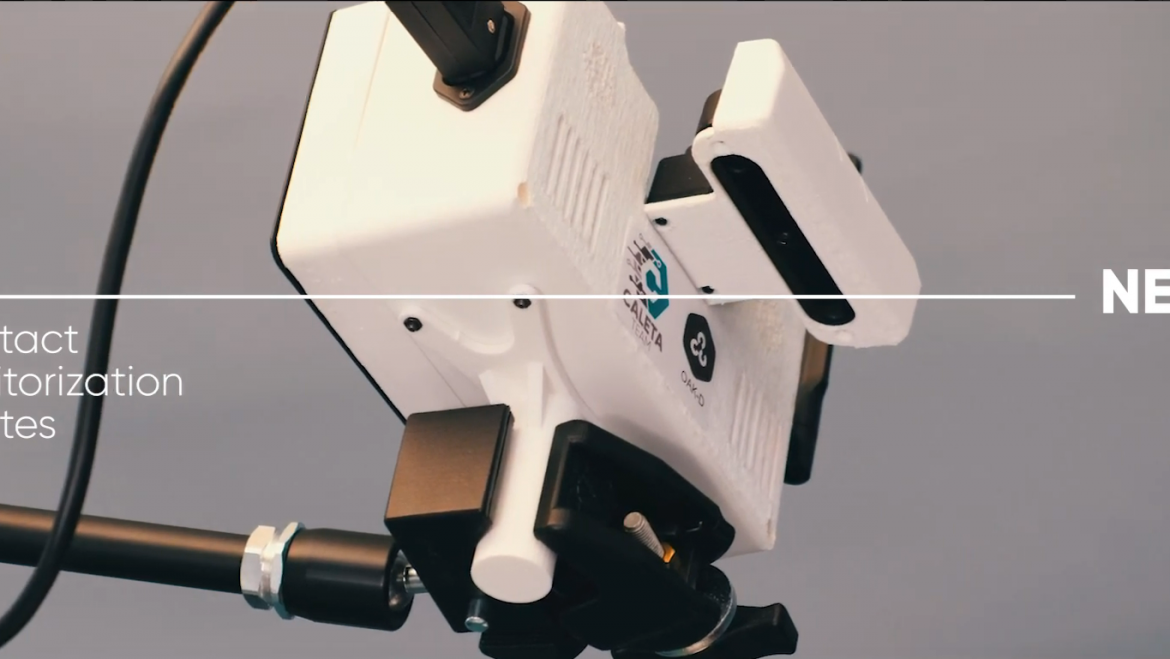A few months ago we announced that the Caleta Team was one of the 257 teams that accessed the second phase of the OpenCV AI Competition (link to post). The deadline for project submission is now approaching, and our team is working round the clock to achieve the desired goals.
NeoCam project uses the Luxonis OAK-D smart camera to build a contactless monitoring system for newborn babies. Computer vision, Machine Learning, Edge Computing, Cloud Computing and Internet of Things are some of the technologies that the team has combined into the proposed solution.
The NeoCam system is able to monitor pain and emotional stress, breathing rhythm, physical activity and sleep-wake cycles purely using computer vision and machine learning algorithms, some of which have been developed specifically for this project.
Images are processed by Deep Learning models inside the OAK-D camera, output data sent to a centralized IoT server and consumed by a mobile app. This app is able to show aggregated reports on the evolution of the baby with 24-7 surveillance and it raises alerts in case anomalous events are detected. Different viewing profiles are available for parents/relatives or healthcare personnel.
The ability to automate baby monitoring in NICUs (Newborn Intensive Care Units) opens new ways to assess psycho-motor cognitive development and help healthcare professionals in saturated work environments. Although still in a very premature phase, constant smart monitoring of breathing rate might raise alerts that help reduce the number of sudden infant deaths. A prototype of the NeoCam device has been built at the University of Cádiz, and a patent to protect this invention is currently being evaluated.
We would like to thank our colleagues at the NICU Hospital Puerta del Mar, Cádiz, for their valuable cooperation in providing expert knowledge and trying out our prototype.
Deadline for submissions to the second phase is on August 9th, and the Regional Prize winners will be announced on September 6th.
Check out these cool videos explaining the project:
